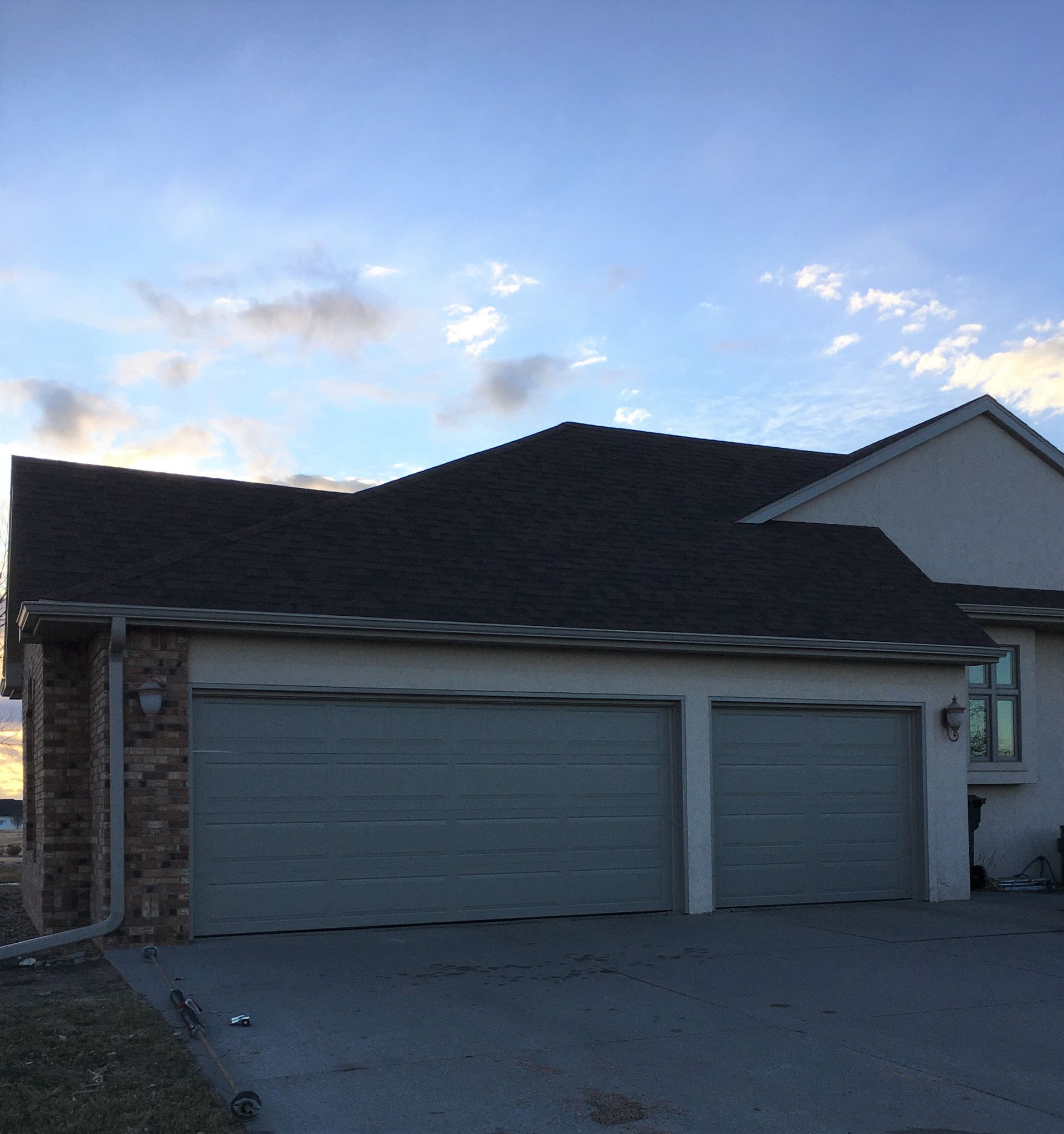Understanding the Value of Roof Inspections
A professional roof inspection is a key aspect of home maintenance that can prevent costly repairs down the line. Your roof endures harsh weather over time, leading to gradual wear and tear. Conducting a roof inspection helps catch problems early, assess the roof's current condition, and ensure your home remains protected. Whether you’re maintaining your existing home, here’s what to expect during a professional roof inspection.
Step One: Discussing Concerns
The process begins with an initial consultation between you and your roofing contractor. In this phase, you’ll share concerns regarding your roof, such as wear and tear. The inspector may check on the roof’s age and past repairs. This discussion helps focus the inspection on areas needing attention.
Step Two: Ground-Level Inspection
A professional roof inspection typically begins with a ground-level assessment from the ground. This allows the contractor to spot obvious issues like sagging areas. Although ground inspections offer valuable insight, a closer look from the roof itself is important for a comprehensive evaluation.
Step 3: Climbing onto the Roof
The next phase involves the contractor getting on the roof. With proper gear, they will inspect specific issues like:
- Shingle Condition: Inspecting cracked, curled, or missing shingles.
- Roof Penetrations: Looking around chimneys, vents, and skylights for leaks.
- Flashing: Ensuring flashing materials are intact and watertight.
- Gutters and Downspouts: Confirming they are functioning properly to direct water away.
- Signs of Water Damage: Checking for evidence of leaks, which might point to ventilation problems or water intrusion.
Step Four: Checking the Attic
If needed, the contractor may look inside your attic to identify hidden problems like leaks or mold. This step helps determine unseen issues that might not appear on the roof. Proper attic ventilation is critical to avoiding mold growth.
The Fifth Step: Findings and Suggestions
After completing the process, the contractor will share a detailed report. This report explains findings such as damaged shingles and includes recommendations for repairs or maintenance. They may also advise timelines and cost estimates for addressing the issues.
Why Regular Roof Inspections Are Crucial
Regular roof inspections help maintain your roof’s condition. Damage can grow quickly if not addressed promptly. Scheduling inspections annually ensures early detection, saving you time and money.
Conclusion: Keep Your Roof in Top Condition
A professional roof inspection is a proactive step to maintain your roof’s condition. Whether you're avoiding future issues, regular inspections make all the difference. Don’t delay until problems arise—schedule an inspection today.
Get a Professional Roof Check with Weathercraft Roofing
If you’re in need of professional roof inspection services, Weathercraft Roofing can assist. Our team evaluates your roof’s condition and offers the insights you need to ensure protection.
Request Your Roof Inspection Today
